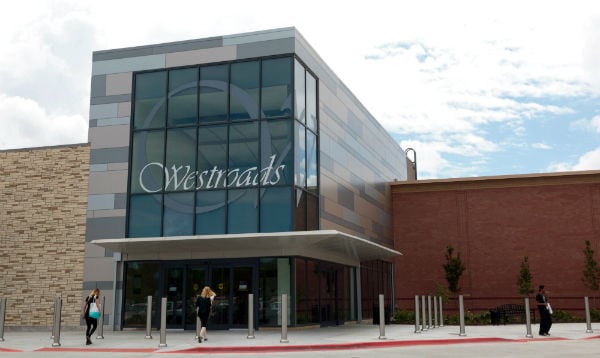Not move away, but to a neighborhood that honors community and place.
The past few weeks, while reading James Howard Kunstler's The Geography of Nowhere, I find myself cursed with a heightened awareness of the disastrous effects of short-sighted, automobile-centric, suburban planning.
The bleak vision of this book lies in how Kunstler illustrates, through many examples, how towns have been ruined by poor planning and zoning codes which have separated people from the real function of the town.
For example, most suburban areas have separated residential, commercial, and educational zones. You might find a school in a residential neighborhood, but you won't find a general store in a residential neighborhood. Of course, you wouldn't find single-family residences within industrial zones either. That's probably a good thing, keeping say homes clear of the UOP plant, right?
Kunstler calls for "new urbanist" developments that integrate residential and commercial use. And these communities will be developed to encourage walking and bike-riding as principal modes of transport within the community.
Today, for example, I had to get some packing tape. Out of habit I got in my car, and drove down to the dollar store (about 1/2 mile) to get the item I was looking for (and a few others I couldn't pass up).
Also, today I took my dog for a walk through the local park and through some of the sidewalks in my neighborhood. Sure it was cold and there were some NFL playoff games on, but on my walk I encountered NO ONE. There is no reason for anyone to walk, unless they, like me, are just exercising their dog.
There are no natural gathering places in my neighborhood. The park is sprawling and the commercial centers are on the far ends of a busy main arterial street (Golf Road). 95% of the time I go to the commercial center for groceries or other household items, I drive (30% of the time, ironically, I get gas!).
The warning Kunstler gives is multi-layered. First, Americans are becoming compartmentalized and alienated from community by the way our towns are set up as slaves to the automobile culture. We are naturally social beings, yet we live in a way that does not honor our need and desire for community. Second, eventually our way of life will implode - we need a plan for when the oil runs out. We need to cut down on automobile emissions. We need to be be better stewards of our earth before it's too late. This may be the most difficult step. Collectively, Americans especially, we have a lot of ingrained habits that have led us to this point. Change means less driving. Change means a "redo" on many of our current neighborhood plans. Change means rethinking and reevaluating our current quality of life in different terms.
Hope is out there. Kunstler devotes the last chapter to identifying movements that are bucking the "suburban sprawl" trend and individuals who are leading the way to develop communities that embrace pre-automobile values. Here are two to check out:
- Seaside, Florida - the first to embrace Traditional Neighborhood Development (TND)
- Northwest Landing, Dupont, Washington - a development by Peter Calthorpe that is an example of the "Pedestrian Pocket" scheme which creates forward-thinking, pedestrian-friendly neighborhoods and links them with regional transportation.
So, what's happening locally? The Chicago Metropolitan Agency for Planning recognizes the need for new planning for better livability. At least there is a plan in place, right? It seems like a lot of partnerships between local business, city government, and real estate developers will need to happen in order to proceed with these "looks-good-on-paper" plans.
The name of the plan? GO TO 2040.
Let's hope by then it's not too late.

